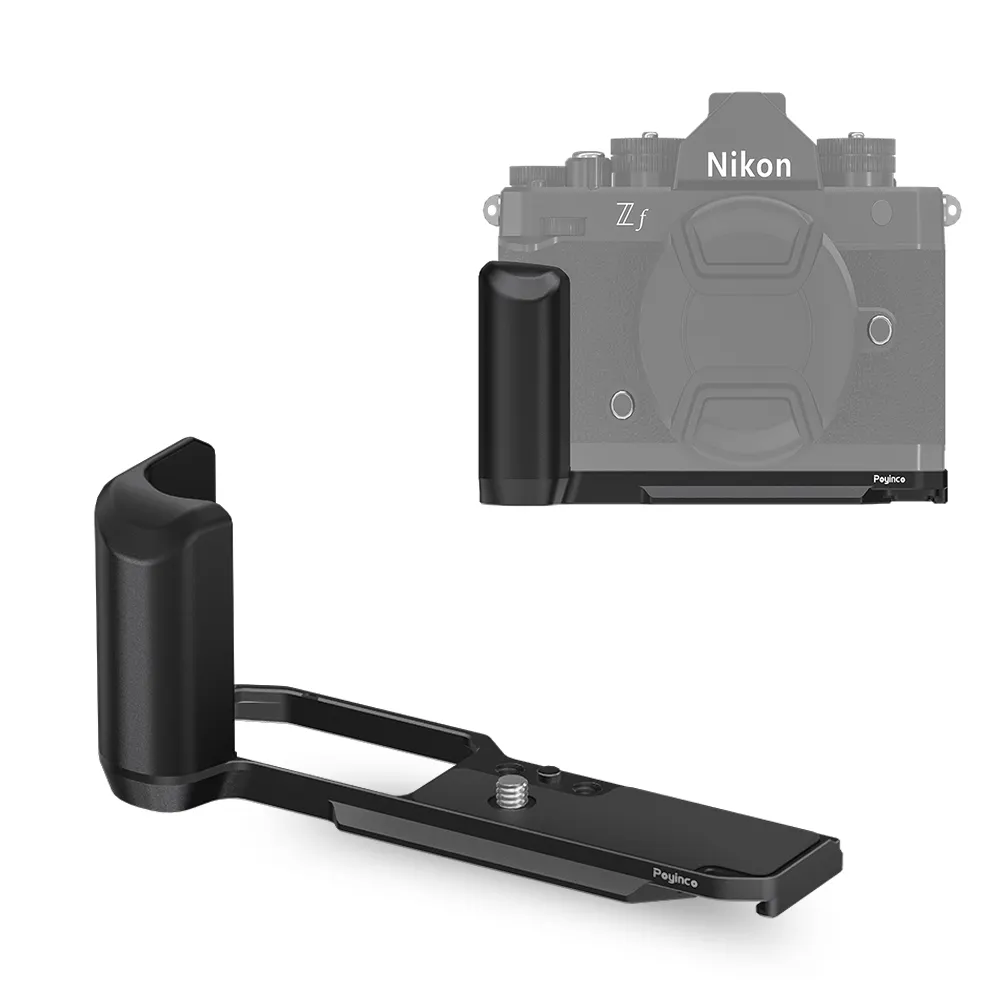

Time:2025-03-28 Views:1

Quick - release plates are an important part of camera support systems, allowing for easy and fast attachment and detachment of cameras to tripods or other supports. Optimizing these plates can enhance their performance and usability.
Improving Mounting Stability
One of the key aspects of optimizing quick - release plates is ensuring better mounting stability. The plate should fit securely on the camera's base and the tripod head. To achieve this, manufacturers can improve the design of the mounting surfaces. For example, using a textured or rubberized surface on the plate that contacts the camera can increase friction, preventing the camera from slipping. Additionally, the shape of the plate can be designed to match the contour of the camera's base more closely. Some cameras have irregular - shaped bases, and a custom - designed quick - release plate can provide a more stable connection. In terms of the connection to the tripod head, the locking mechanism of the quick - release plate should be robust. A well - designed locking mechanism, such as a lever - type lock that provides a strong clamping force, can ensure that the camera remains firmly attached during use. This is especially important when using a heavy camera or lens combination, as any movement or looseness in the connection can lead to blurry photos.
Enhancing Ease of Use
Ease of use is another area for optimization. The quick - release mechanism should be easy to operate, even with one hand. Some quick - release plates feature a simple push - button or lever - based release, which can be easily activated. Manufacturers can also improve the ergonomics of the plate by adding features like a finger - grip area on the release lever. This makes it easier for photographers to operate the release, especially in cold weather when gloves may be worn. Additionally, the process of attaching the plate to the camera should be straightforward. Some plates use a simple screw - on mechanism, while others may have a more complex attachment system. Simplifying the attachment process, perhaps by using a tool - less attachment method, can save time and make the plate more user - friendly.
Lightweight Design without Sacrificing Strength
Optimizing quick - release plates also involves finding a balance between weight and strength. Photographers often prefer lightweight equipment for ease of carrying, especially during long shoots. However, reducing the weight should not come at the expense of the plate's strength. Manufacturers can use lightweight yet strong materials, such as carbon fiber or high - strength aluminum alloys, to construct the quick - release plates. Carbon fiber, for example, is extremely lightweight and has high tensile strength. By using carbon fiber in the plate's construction, it can be made much lighter than traditional metal plates without sacrificing its ability to support the camera securely. The design of the plate can also be optimized to reduce unnecessary weight. For example, using a hollow or perforated design in non - critical areas of the plate can decrease its weight while maintaining its structural integrity.
Read recommendations:
motorcycle camera mount Accessories